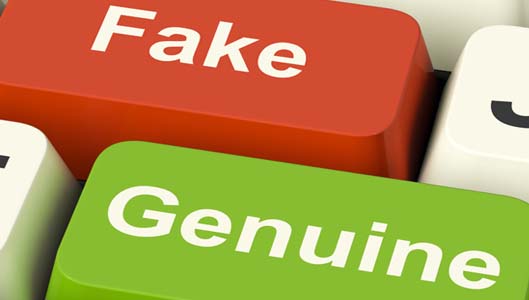 The controversy over fake news is generating plenty of real news too. The phenomenon of made-up stories for political or financial gain – which became an issue during the US presidential election – has now sparked interest among U.K. politicians. The Culture Media and Sport Committee last month announced an inquiry into the issue, as has the Labour Party.
The controversy over fake news is generating plenty of real news too. The phenomenon of made-up stories for political or financial gain – which became an issue during the US presidential election – has now sparked interest among U.K. politicians. The Culture Media and Sport Committee last month announced an inquiry into the issue, as has the Labour Party.
But politicians might be struggling to keep up with readers, who already show signs of turning away from fake news to trusted and verified sources. The New York Times, for example, added a record 267,000 subscribers in Q4 2016, while in the UK recent ABC figures revealed paid-for sales of The Observer and The Times rose by 1.5% and 3.8% respectively in January 2017, and the Guardian saw subscriptions jump from 15,000 to 200,000 during 2016. With the spectre of (allegedly Russian) misinformation hanging over the French and German elections, we might expect this trend to continue elsewhere in Europe.
Publishers share the spirit of optimism: a study conducted by Oxford University’s Reuters Institute found that 70% of publishers believe public trust in mainstream media outlets will be strengthened by the threat of fake news, compared to just 17% who thought it would be weakened.
One should not get carried away. The newspaper industry faces many challenges, and a revolt against fake news can have difficult implications for freedom of speech too, as the current situation in the States indicates. But it is good to be reminded that, in a competitive market, readers can and will vote with their wallets, and choose to pay for something of enduring value – something that NLA media access was itself created to support: independent, high-quality journalism.